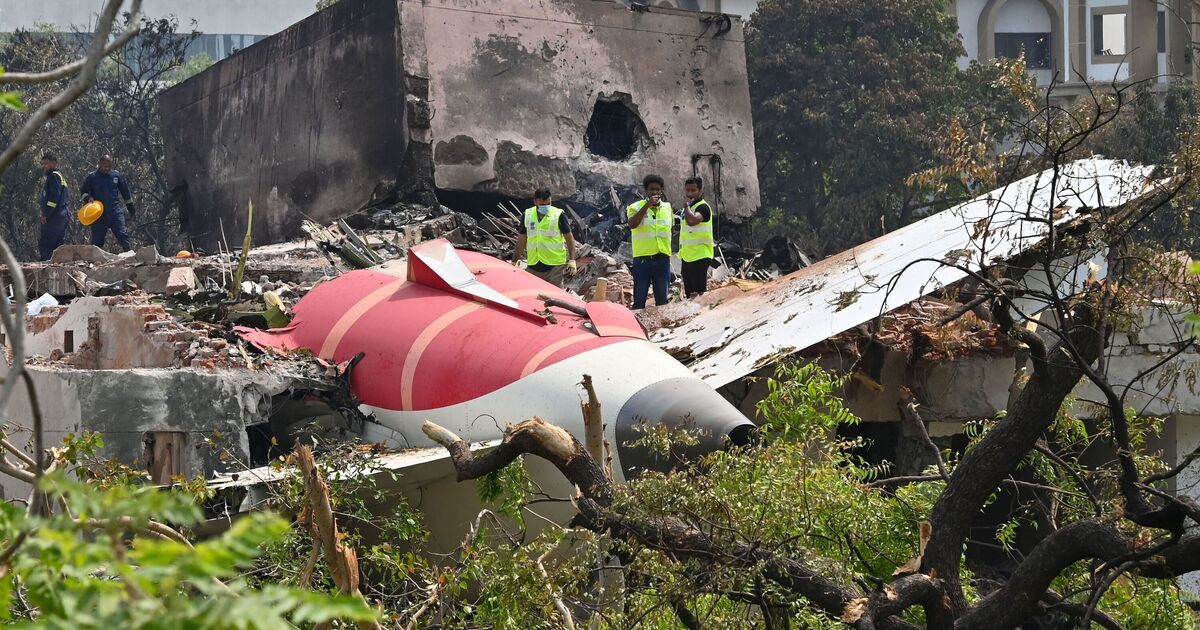The crash of Air India Flight 171 in June, claiming the lives of 260 with only one survivor, shocked the world, including the aviation industry. As preliminary findings emerge, however, they’ve only deepened the mystery and may point to a far more complex issue than pilot error. A recently released 15-page summary from investigators revealed that just seconds after takeoff, both fuel-control switches on the Boeing 787 Dreamliner were unexpectedly moved to the “cut-off” position, a move that immediately cuts fuel to the engines and is normally done only after landing.
Moments later, the plane plummeted into a residential area near Ahmedabad in western India, remaining airborne for less than a minute. The cockpit voice recorder captured a haunting exchange between the pilots. One person asked: “Why did he cut off?” and the other person replied that he hadn’t. Investigators confirmed the first officer was flying the aircraft while the captain was monitoring.
However, Mary Schiavo, former Department of Transportation Inspector General, an aviation analyst and attorney has shared her own theory on what happened.
She said: “I believe this crash was a computer problem. There are several 787 components that rely on computer code to tell the plane whether it is in the air or on the ground. If the computer or code malfunctions, the engines spool back and the thrust is reduced, even if in flight.
“This happened on an ANA 787 flight in 2019, which suffered a dual engine failure as landing, and I’m afraid it could have occurred on the fatal Air India Flight 171.
She added: “So my initial reaction is still that the notion that the plane is suspect until shown otherwise. Remember there’s a million lines of code.
“It took years to develop this plane and a pilot facing a life or death situation is to be able to, you know, figure out what happened with the lines of code, find the right breakers.
“And in the case of a takeoff, a landing’s different, but in the case of the takeoff, they simply do not have the time and the altitude. And of course, altitude is time.
“I’ve worked cases in the past where engines failed. They blamed the pilots. Of course, they were dead, couldn’t defend themselves. Turned out the engines had experienced something called core lock.
“The engines froze up. So there are so many things it could be and good investigators will go through every possibility and it’s going to take time.”
Pilot unions in India have also urged the public and media not to rush to judgment.
Sam Thomas, head of the Airline Pilots’ Association of India, told the BBC that speculation has outpaced facts and called for a broader review of the aircraft’s design, software, and maintenance records.
Air India said this week that it had found no issues with the fuel control switch mechanisms across its Boeing 787 and 737 fleet after inspections.
After the crash, Air India CEO Campbell Wilson expressed “deep sorrow” and added that the airline is committed to supporting “the needs of our passengers, crew members, their families and loved ones”.

